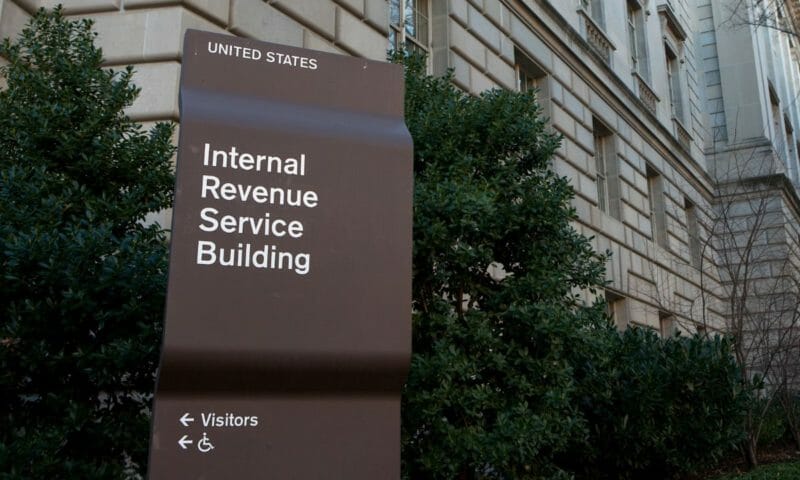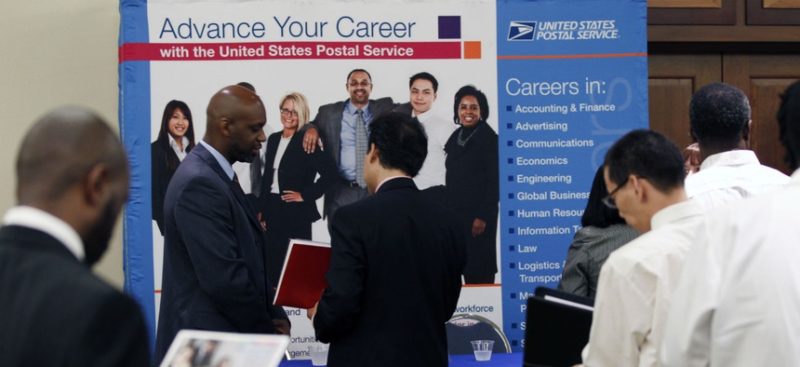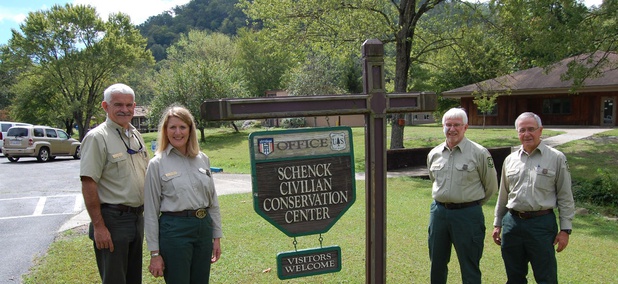
The Internal Revenue Service does not sufficiently track whether its employees are taking on outside jobs such as tax preparation that could be in conflict with their government duties, according to an inspector general report.
By examining tax income data from 2016, the Treasury Inspector General for Tax Administration identified “167 employees who were potentially engaged in a prohibited employment activity and did not have an approved request” to do so, and “2,196 employees with outside employment activity who hold IRS positions that have a high risk of an actual or perceived conflict of interest as a result of the outside employment but did not have an approved outside employment request.”
The employees in question worked in accounting, bookkeeping, taxation, and legal and financial services in their outside jobs, according to the report dated Sept. 25. These jobs are potential conflicts of interest because IRS employees “have knowledge of the IRS’s internal processes and dollar value thresholds that can be used to benefit another employer,” the report stated. “Employees who have an actual or perceived conflict of interest can compromise the integrity of tax administration and erode public confidence that the IRS administers the nation’s tax laws fairly and equitably.”
The IG noted specifically that five employees earned income from the tax preparation service H&R Block and three had active Preparer Tax Identification Numbers that indicate they were paid to do returns.
The inspector general acknowledged the IRS has made some progress following a 2014 report that found more than half of IRS employees in 2011 who reported income from a non-IRS source had not received approval. However, it still “has not established processes to perform regular reviews of the [outside employment tracking system] to ensure its accuracy” and managers have not been reviewing outside employment requests in a timely manner. As of August last year, 9,063 of the 14,155 active requests in the system (64%) were not reviewed in a timely fashion.
Additionally, few employees have been disciplined for outside employment issues. From 2014 to 2018, only 40 employees were disciplined and 13 were suspended or removed from service, according to the report. There were 77,924 IRS employees in 2016, according to agency data.
The inspector general also expressed concerns that the IRS plans to migrate its outside employment tracking system, but was not sure where. “While the [outside employment system] continues to need improvement, it is still a more efficient and effective process than trying to manage the thousands of employee outside employment requests manually,” the inspector general said.
The inspector general made several recommendations on how the IRS can improve its oversight and administration of outside employment tracking. The IRS agreed in full or in part with most, but said “while non-bargaining unit employees are required to submit requests in the [outside employment system],” it disagreed that it can “unilaterally require bargaining unit employees to submit all outside employment requests through the [outside employment system] to review for conflicts of interest,” as the inspector general recommended. Also, agency officials did not agree with the recommendation to consider amending the Internal Revenue Code to allow the IRS to use tax data to identify employees in prohibited outside employment because the IRS general counsel has advised against it.










